Egnatia Odos - between East and West
Egnatia Odos is a famous Greek highway that we all take on our way to popular resorts. This road once connected the Eastern and Western Roman Empires.
Via Egnatia was built in the 2nd century BC, beginning in Durres, Albania and ending in Byzantium on the Bosphorus. It passed by famous cities: Durres - Ohrid - Edessa - Thessaloniki - Kavala - Alexandroupolis - Istanbul.
Via Egnatia, is actually part of the route Rome-Byzantium-Damascus, which connected Rome with the Eastern Provinces by land and sea (Greece, Macedonia, Asia Minor and the Middle East). The decision to build this road was made by the then governor of Macedonia, Gneus Egnatius. after which the road got its name. The construction of the road cost about 50 million silver dinars (about 600 million euros). Via Egnatia had a length of about 1120 km, from 3m of the smallest width of the road in the mountainous areas to 6m of the width of the road on the approaches to larger cities. The entire length of the road was paved and bordered with stone, with the exception of a few sections, where instead of stone slabs, gravel or hard-paved gravel was sprinkled. Every 800m there was a stone with information from the distance from the starting point. Along the entire road there were lodgings, inns and mutations (a resting place for horses, couriers …). The remains of the road are best preserved in Filipi, near Kavala.
The modern Egnatia was completely put into operation in 2009 and starts in Igoumenitsa and ends near Alexandroupolis, on the Greek-Turkish border. It is 670 km long and the construction cost around 7 billion euros, which is the most expensive project in the history of Greece. About 360km of modern road passes along the same route as the ancient Egnatia. The entire length is a highway with three lanes in each direction (two plus a stop), crossing over 177 bridges and through 76 tunnels. A particularly problematic section for construction was through a mountainous area near Metsovo, so the construction of that 90km section cost about 80 percent of the project value.

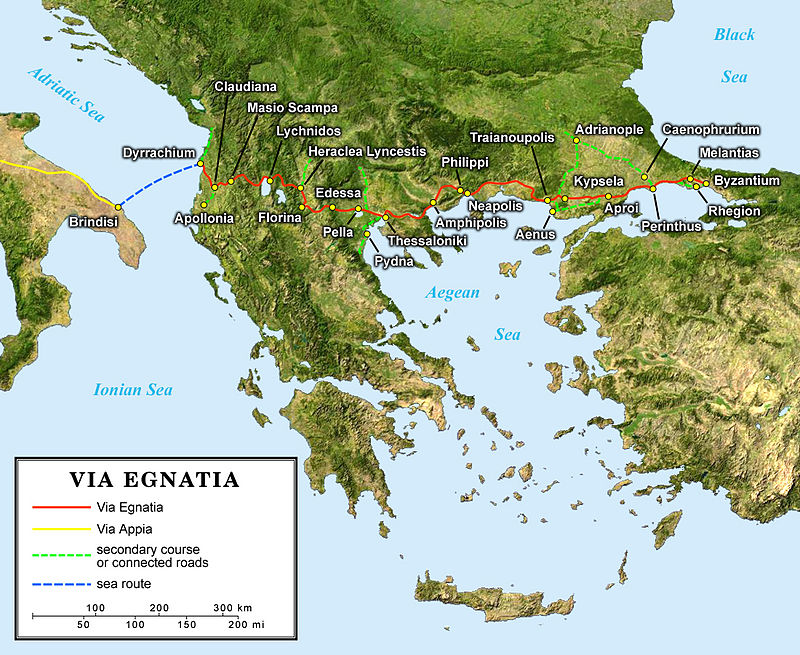
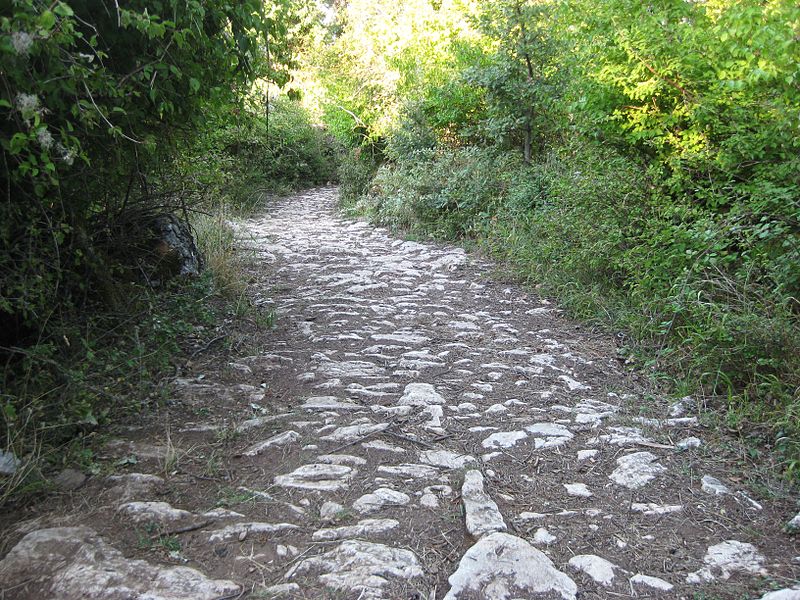
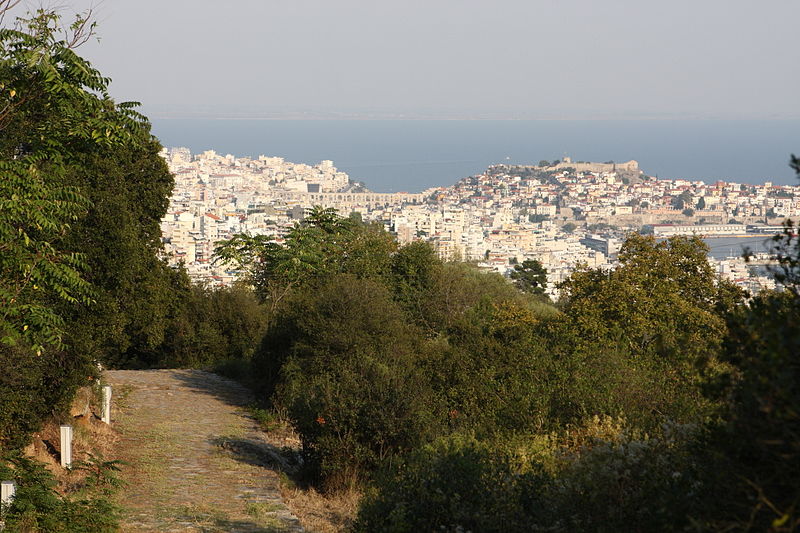
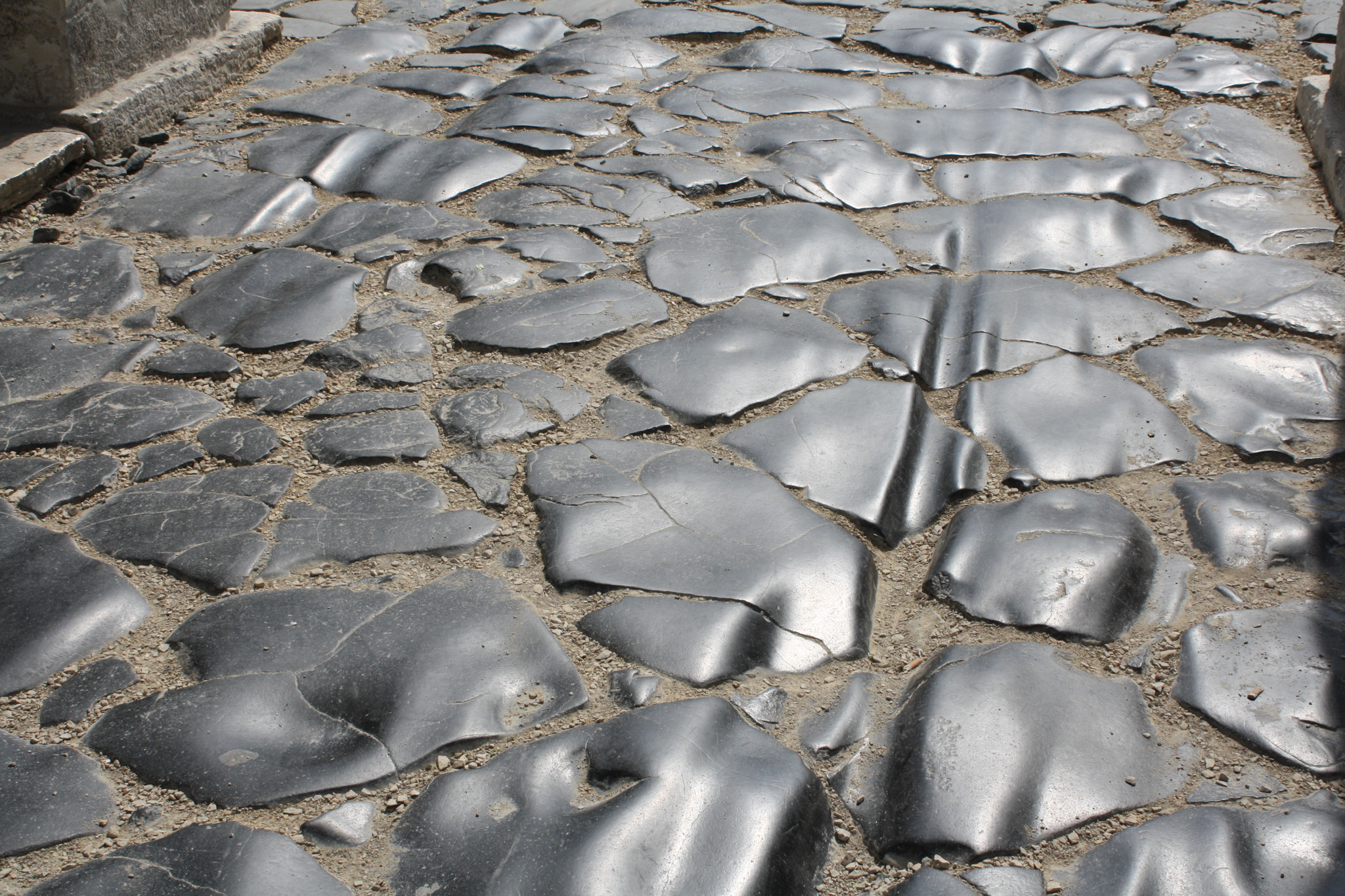
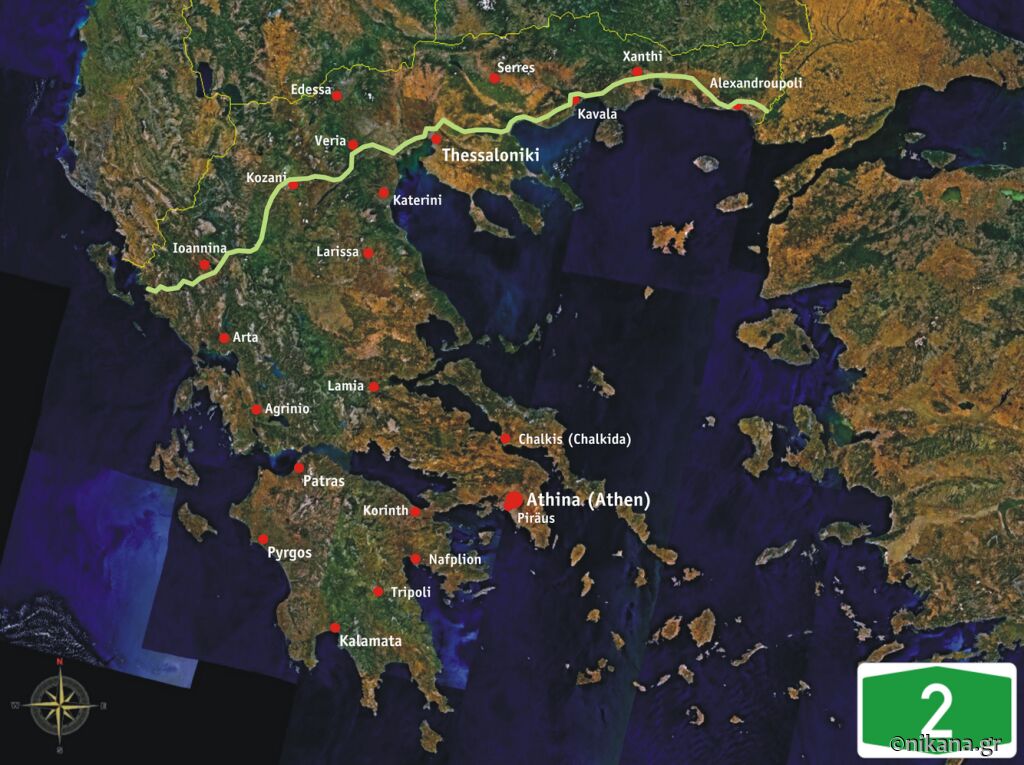









Post a Comment
NOTE
All your questions in the comments will receive an answer via email so check your inbox shortly after you posted comment. For more detailed questions and responses, contact us via mail nikana@nikana.gr.